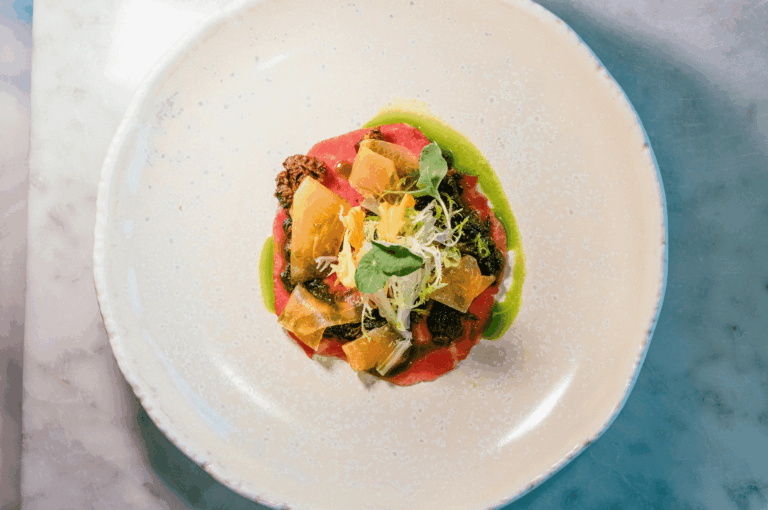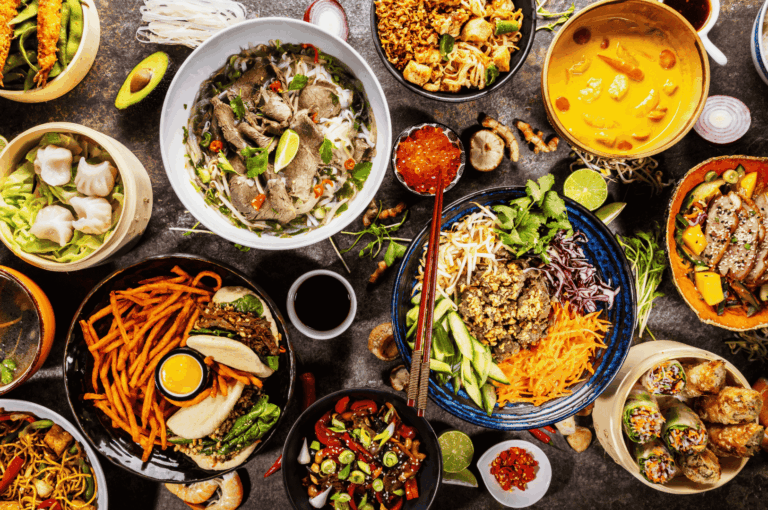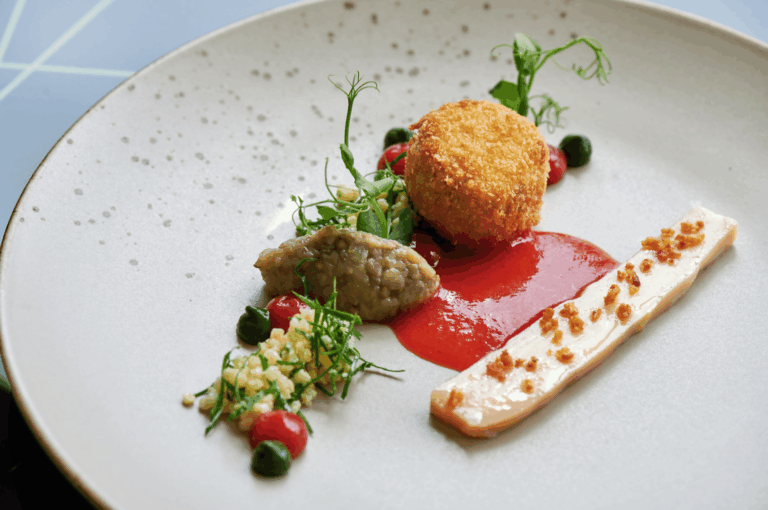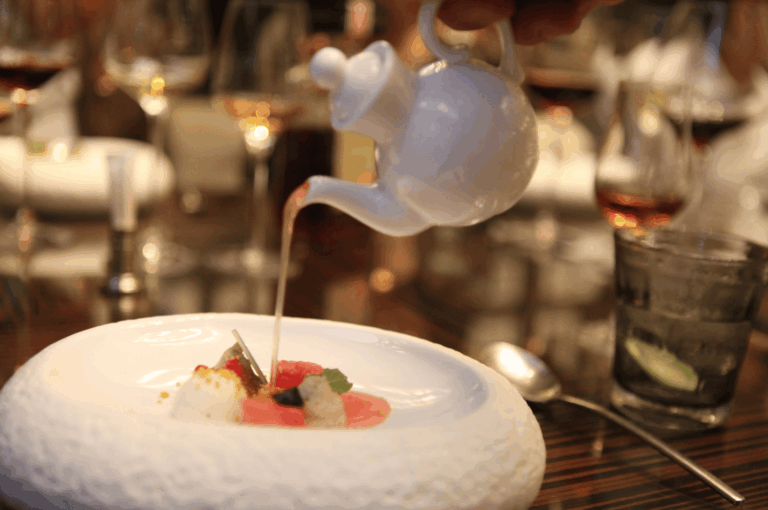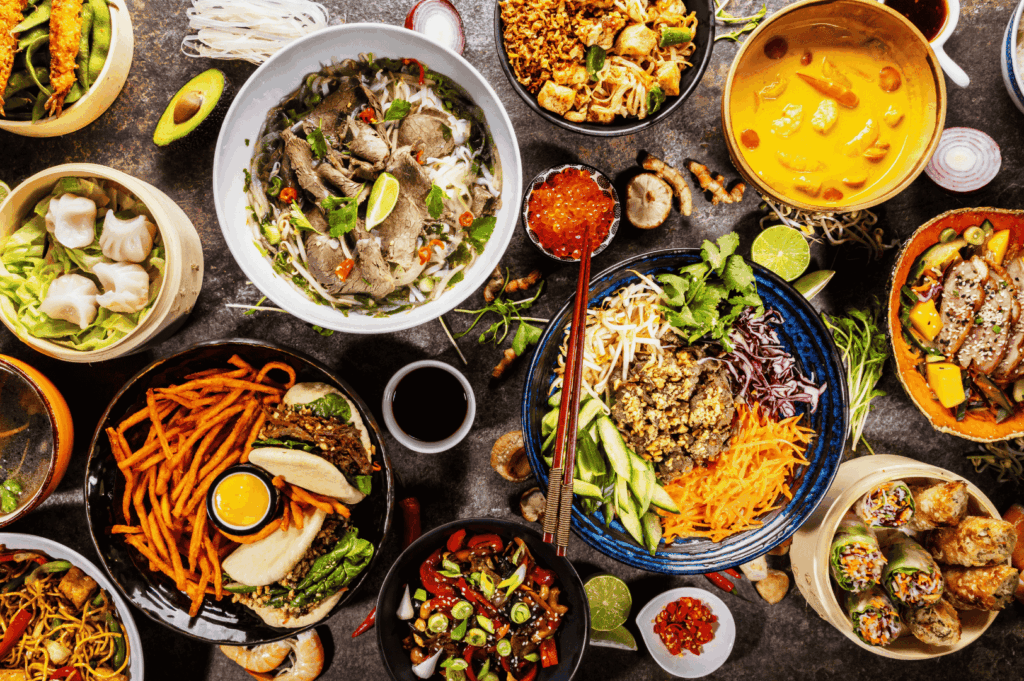
Singapore’s food scene stands unmatched as a rich tapestry—a dazzling hub where global flavors converge to surprise and delight even the most discerning taste buds. This city has long been regarded as a world capital for fusion cuisine, thanks to a natural blend of Chinese, Malay, Indian, and European traditions. From the creamy textures of coconut milk-laced laksa to wok-fried rice served with fiery chili sauces and local vegetables, food in Singapore is a celebration of heritage and modernity. In recent years, international chefs have been taking inspiration from traditional dishes, offering innovative fusion food and non-traditional ingredients in new, exciting ways. The result? A booming landscape of asian fusion restaurants and fusion food concepts, where each bite carries a unique twist on world flavours. With the advent of the Michelin Guide in the latter half of the last decade, Singapore’s reputation as a leader in modern fusion food Singapore is secure—and now, international chefs are turning this island into a laboratory for global-Asian fusion cuisine.
The Evolution of Singapore Fusion Food and Asian Fusion Restaurants
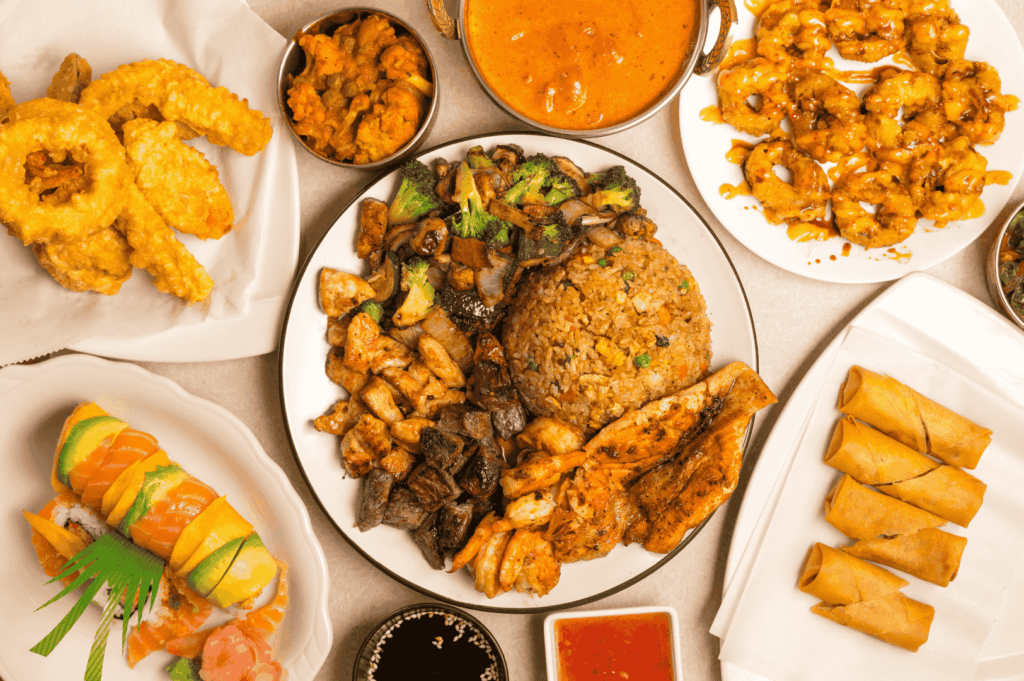
Fusion cuisine in Singapore didn’t begin with modern chef-led trends. Long before “fusion food” became a buzzword, the city’s eating houses and hawker stalls told a story of different cuisines blending and evolving. Peranakan fare, for instance, is a shining example of Asian fusion, where Chinese immigrants combined their heritage with Malay spices, coconut milk, and local vegetables. Eurasian dishes served at family-run fusion restaurants brought tangy, sweet, and spicy notes together, while nasi lemak stands offered dishes garnished with fried ikan bilis and sambal.
As Singapore’s popularity grew, a new generation of international chefs arrived, attracted by a food-loving culture and abundant local ingredients. These chefs, trained in French techniques or Japanese minimalism, brought a modern twist, innovating with fusion food that fused East and West at the same table. The arrival of celebrity chefs and Michelin fusion restaurants further accelerated the pace of culinary evolution. Today, diners can enjoy a hearty bowl of nasi lemak finished with crispy fried chicken, creamy Italian-inspired sauces with seafood, or spicy tacos garnished with Asian herbs—a testament to global influences and creative pairings.
According to recent statistics, the number of internationally-owned and operated fusion restaurants in Singapore has doubled in the past decade. Dr. Lisa Tan, a food historian, observes, “Fusion food in Singapore isn’t just about mixing flavors; it’s about embracing cultural traditions and reimagining them with non-traditional ingredients for the modern plate.”
Asian Fusion Restaurants: Key International Culinary Influences
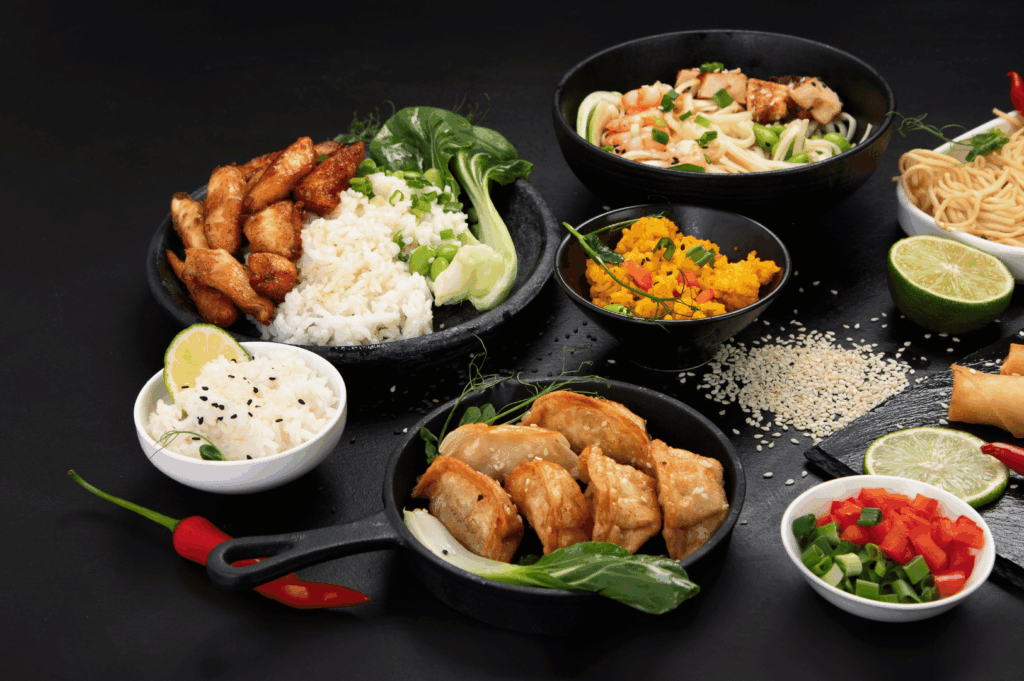
What sets asian fusion restaurants apart in Singapore is the sheer diversity of influences that meet and mingle on the plate. Chefs are taking inspiration from different cuisines around the world and combining signature elements in dishes rarely served anywhere else.
European Techniques Meet Asian Cuisine: Think creamy textures, rich sauces, and sous-vide seafood combined with spicy, fragrant Asian broths. French techniques of slow-roasting beef or marinating chicken are layered with chili, garlic, or spicy sambal for a full-bodied bite.
Japanese Cuisine and Minimalism: International chefs trained in Japanese cuisine emphasize aesthetics, perfect knife slices, and subtle, balanced flavors. Whether it’s coffee-infused Japanese wagyu or sushi served with pickled local vegetables, the influence can’t be understated.
Italian Cuisine Gets an Asian Makeover: Pizzas topped with salted egg yolk prawns or pastas tossed in laksa pesto are now crowd favourites in fusion food restaurants, offering diners a creamy, spicy, and tangy experience.
Middle Eastern, Korean, and Latin Flavours: The bold spices of Middle Eastern dishes, sweet-salty notes from Korean recipes, and zesty lime and chili from Latin American cuisines have expanded the menu of Singapore fusion food. You’ll find rich butter chicken masala tacos or nasi lemak burgers with a modern twist on many contemporary eating house plates.
As Chef Anika Rao, head chef at one of Orchard Road’s most popular restaurants, notes, “Singapore’s beauty is in its willingness to experiment. We’re offering dishes that fuse global influences and surprise even local food lovers and adventurous night owls.”
Fusion Cuisine: Profiles of Pioneering International Chefs
Singapore’s most lauded fusion cuisine is constantly evolving, thanks to world-class chefs bringing their cultures and creativity to local favourites.
- Kirk Westaway (JAAN by Kirk Westaway): British chef Kirk Westaway’s modern British-Asian fusion food is the talk of Singapore. By infusing French techniques and local flavors, he transforms creamy mashed potatoes into a rich, seafood-laced starter topped with fried shallots and lime zest.
- Julien Royer (Odette): French-born chef Julien Royer is renowned for serving dishes that blend classical French training with asian cuisine. Odette’s unique twist on creamy coconut desserts incorporates non traditional ingredients like kaffir lime and salty, marinated prawns.
- Dave Pynt (Burnt Ends): Australian chef Dave Pynt showcases fusion food with hearty charcoal-grilled beef and seafood, garnished with sweet, spicy, and smoky Asian sauces for an unforgettable bite.
- Akira Back (Akira Back Singapore): Korean-American chef Akira Back’s restaurant menu features creative fusion food like tuna pizza topped with black truffle, and Korean fried chicken tossed with Japanese-style yuzu kosho mayonnaise.
Each chef delivers a plate that fuses west and east, taking inspiration from childhood recipes, global travels, and Singapore’s own nasi lemak, chicken rice, and spicy sambal. Their signature fusion dishes featured in Michelin fusion restaurants draw food lovers from around the world—proof that Singapore’s boundary-pushing approach can please even the toughest taste buds.
Chef Pynt remarks, “The fun is in that first bite—when you forget everything you know about so-called traditional food and simply enjoy flavours inspired by a dozen different cuisines at once.”
Fusion Food: Innovative Techniques and Approaches
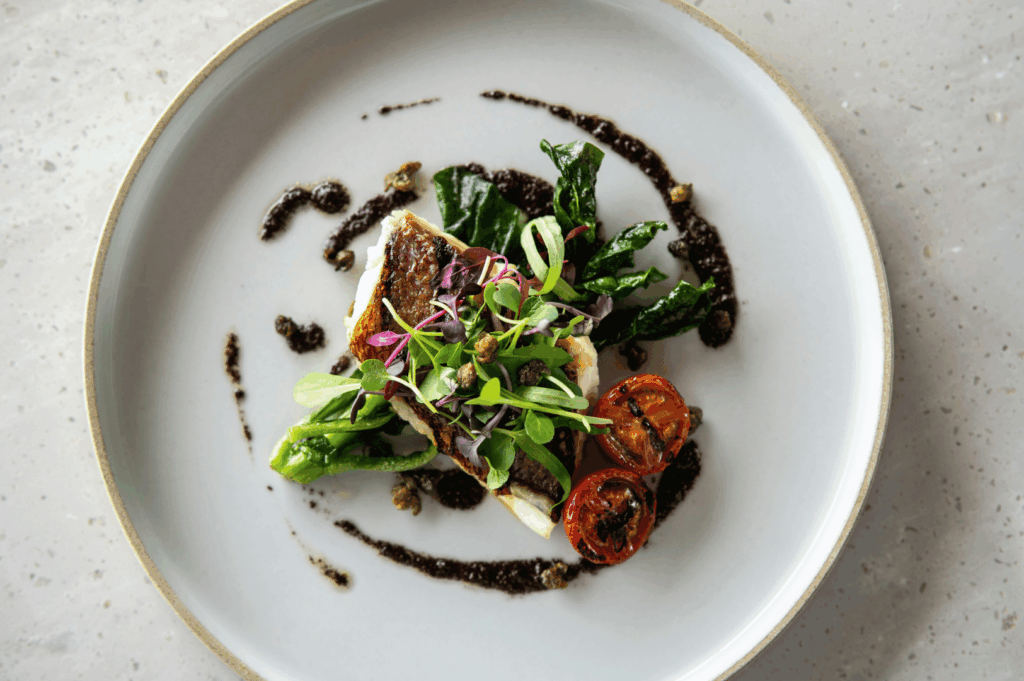
International chefs leading fusion food movements in Singapore are blending tech and tradition to stunning effect.
Molecular Gastronomy Meets Tradition: From spherified chili sauces bursting in your mouth to creamy foam infused with nasi lemak spices, molecular gastronomy is giving classics like coconut curry and grilled chicken a modern twist. Chefs also embrace sous-vide, slow-cooking proteins like beef and seafood in their own juices for an incredibly creamy texture.
Multi-Sensory and Visual Dining: Combining Asian cuisine with international flair, fusion restaurants are serving dishes on creative plates—think nasi lemak sushi, crab tacos, or fusion food garnished with edible flowers and marinated slices of fruit. Many menus feature rich, spicy sauces paired with sweet, lime-infused vegetables for layers of flavor.
Zero-Waste Kitchens and Sustainability: Leading Singapore fusion food chefs are committed to sustainability, using every part of an ingredient, from prawn shells in nourishing soup stocks to leftover rice in fried rice pancakes. This has led to new menu creations that are both eco-friendly and delicious.
Technology and Online Ordering: With the fusion food trend growing fast, many fusion restaurants and eating houses are adding online ordering and “grab dine” options, making fusion food more accessible for past-midnight cravings.
Fusion Restaurants: Signature Fusion Dishes Defining the Movement
The hallmark of fusion restaurants in Singapore is their ingenuity with traditional and international elements. Some of the most talked-about fusion dishes include:
- Nasi Lemak Pizza – Serving nasi lemak on a crispy pizza base, topped with sambal, anchovies, marinated chicken slices, and eggs. A dish that combines the rich, spicy flavours of Asia with Italian cuisine’s best-known comfort food.
- Laksa Carbonara Pasta – Creamy texture meets the spicy heart of laksa, with coconut milk and chili sauce tossed with al dente noodles, prawns, and lime.
- Foie Gras Bak Chor Mee – A modern twist on the classic, this fusion food pairs classic Teochew noodles with creamy foie gras and savory pork.
- Prawn Chili Tacos – Soft flour tortillas stuffed with spicy prawns, zesty lime cabbage, and Asian-spiced mayo, capturing the sweet, spicy, and sour spectrum beloved in Singapore.
- Fusion Dim Sum Platters – Steamed xiao long bao infused with truffle oil or seafood dumplings garnished with lime and chili, offering diners a luxurious east-meets-west experience.
Each dish is crafted with attention to recipe development, ingredient quality, and a presentation that dazzles the eye as much as the palate.
Nasi Lemak: The Business of Culinary Innovation
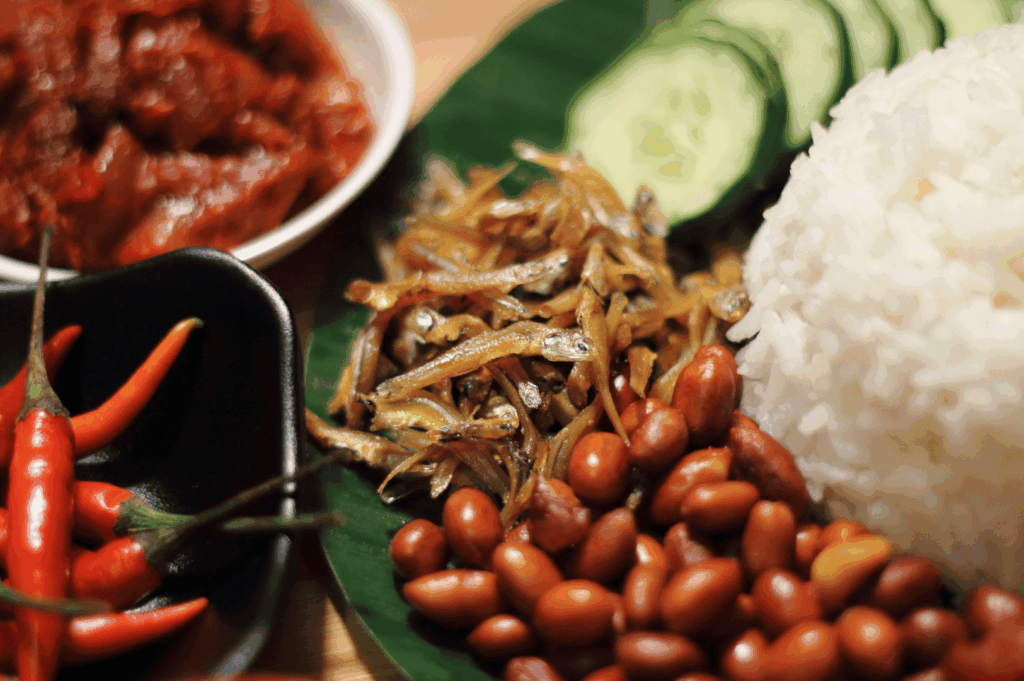
The rise of Singapore fusion food and fusion restaurants has undeniably shaped local and tourist dining habits. Nasi lemak—a beloved dish at both hawker stalls and modern restaurants—has become a template for innovation. Whether it’s nasi lemak burgers, coconut milk arancini, or sushi infused with sambal, business is booming. Higher-end venues are serving dishes at premium price points, while local favourites like nasi lemak and fried chicken remain crowd favourites at more affordable prices.
The accessibility of innovative dishes helps Singapore maintain its reputation as a global dining destination. Yet, the ongoing challenge for restaurant owners and chefs is how to maintain a delicate balance—offering dishes with a unique twist without losing the essence of local food culture and heritage.
Fusion Cuisine: Cultural Exchange and Culinary Diplomacy
In Singapore, fusion cuisine goes beyond food—it’s a form of cultural exchange and diplomacy on a plate. International chefs and local cooks collaborate, exchanging recipes, techniques, and stories over the cutting board and grill. Fusion restaurants have become places where diners sample spicy Indian cuisine, creamy French desserts, and tangy Japanese seafood all in one meal.
As food critic Benjamin Lee notes, “Fusion is really about respect. When chefs combine different cuisines, they’re honoring traditions while inviting everyone to the table—be they fans of hawker food or luxury fine dining.” These cultural mashups, powered by passionate chefs and food lovers alike, are a testament to Singapore’s role as a bridge between East and West.
The Future of Fusion Food and Asian Fusion Restaurants in Singapore
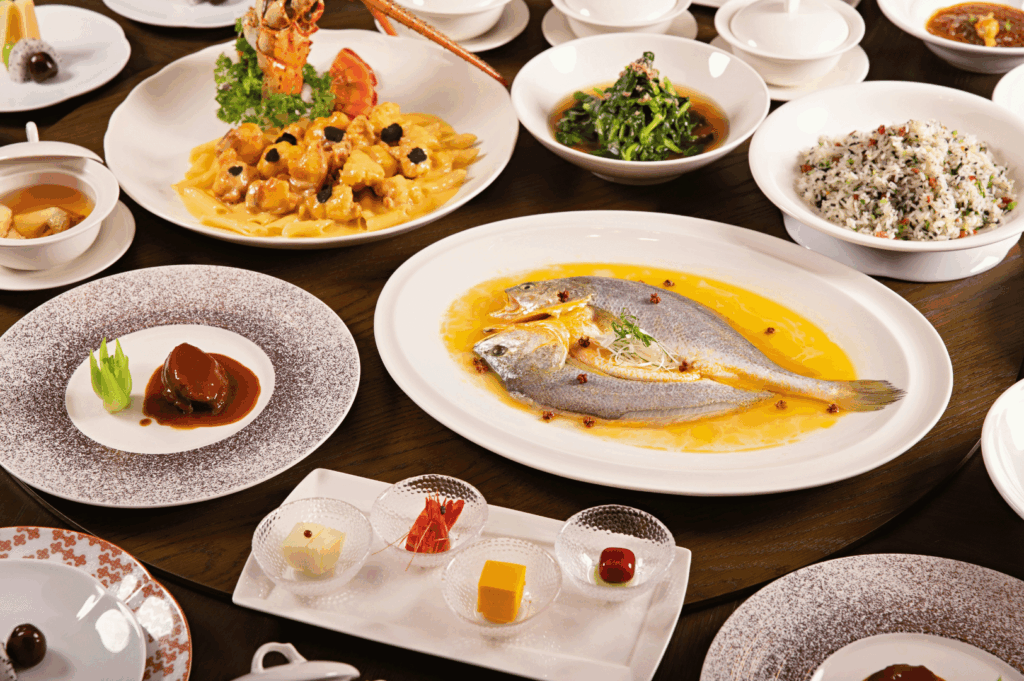
Looking ahead, Singapore’s fusion food scene shows no signs of slowing. We can expect future dishes featuring plant-based proteins, more affordable Asian fusion restaurants targeting young food lovers, and globally inspired concepts that combine the best of Korean, Italian, French, and local traditions. Chefs are likely to experiment with creamy rice bowls, fiery chicken recipes, salty-sweet desserts, and even fusion food that pushes the boundaries of what we expect on the table.
With eco-friendly practices, increasing use of technology, and the desire to surprise taste buds in every bite, Singapore will remain a world leader in fusion food innovation.
To explore more unique dining experiences, check out our guide to scenic restaurants with a view or learn how Michelin dining compares to fine dining when it comes to creating unforgettable meals.
Experience Singapore Fusion Food: Where to Dine
Odette: French fusion food with an Asian twist, offering dishes like lobster with coconut milk and lime, in a modern, refined setting.
JAAN by Kirk Westaway: Sophisticated modern British-Asian fusion using rich, creamy techniques and seasonal local flavors.
Burnt Ends: Australian-style barbecue meets spicy Asian marinades, famous for seafood and beef dishes that combine creamy and tangy flavors.
Labyrinth: Creative, avant-garde fusion cuisine reimagining local favourites like nasi lemak and bak chor mee in visually stunning presentations.
Candlenut: Contemporary Peranakan at its best, this fusion restaurant puts a luxury spin on classic recipes with bold, sweet, and spicy flavour profiles.
Glossary of Fusion Techniques
Sous-vide: Slowly cooking foods like beef or chicken in a water bath for a creamy texture.
Spherification: Creating bursts of flavour by turning liquids like chili or coconut sauce into soft, caviar-like pearls.
Dehydration: Removing water from food to create crispy, concentrated bites—think taro chips garnished on a creamy soup.
Fermentation: Using bacteria or yeasts to develop tangy, umami-rich flavours in sauces, rice, or vegetables.

